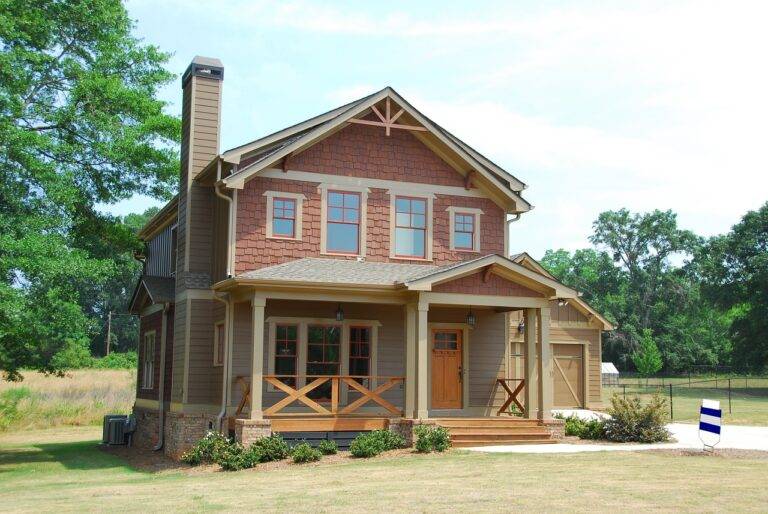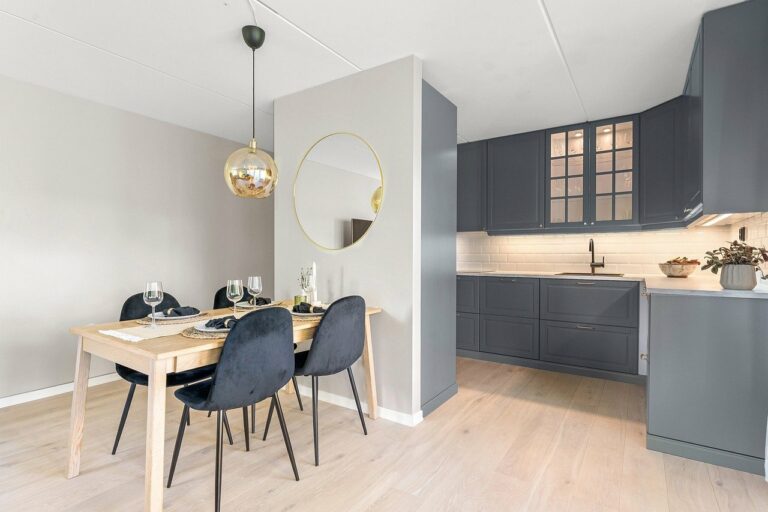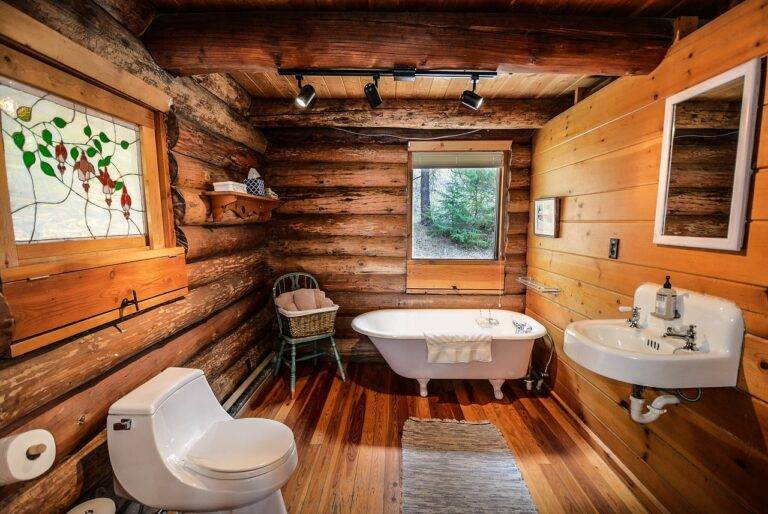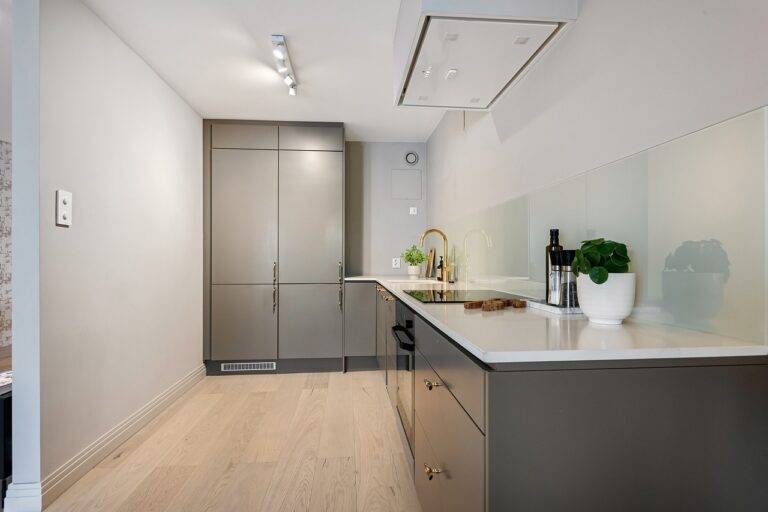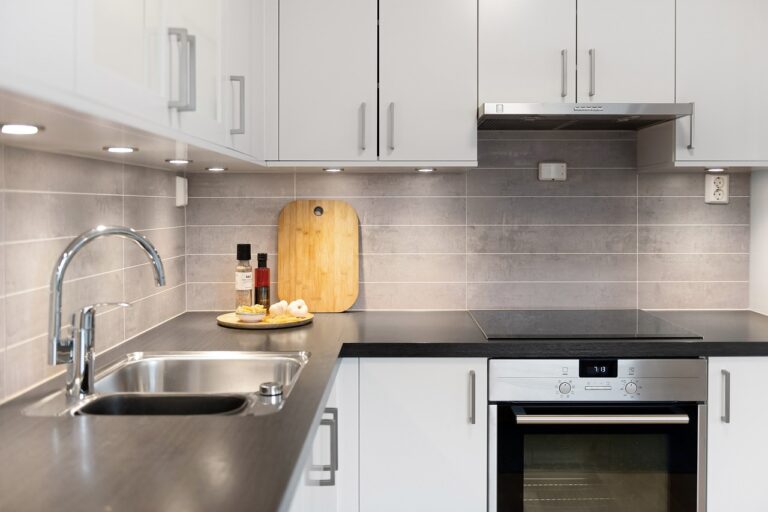How to Choose the Right Exterior Paint Color for Your Home’s Siding: Enhancing Curb Appeal
When selecting an exterior paint color for your home, it is crucial to consider the overall aesthetic appeal you wish to achieve. The color you choose should complement the architectural style of your home and enhance its curb appeal. Take into account the existing elements of your home, such as the roof, bricks, stones, and landscaping, to ensure that the new paint color blends harmoniously with these features.
Another important factor to consider is the general color scheme of your neighborhood. While you want your home to stand out, it is essential to choose a paint color that still fits in with the surrounding houses. Consider the overall style of the neighborhood and aim for a paint color that is not drastically different from the rest, but still allows your home to make a statement. This cohesive approach will contribute to a visually pleasing streetscape and maintain the value of your property.
Understanding Your Home’s Architectural Style
When selecting an exterior paint color for your home, it is crucial to understand the architectural style of your property. Different architectural styles have distinct characteristics that can influence the choice of paint color. For example, a Victorian-style home typically features intricate details and ornate trims, making bold and vibrant colors a suitable choice to highlight these architectural elements. On the other hand, a modern home with clean lines and minimal embellishments might benefit from a more subdued and contemporary color palette to enhance its sleek design.
Analyzing the architectural style of your home can help in deciding whether to embrace its traditional charm or give it a modern twist with a fresh coat of paint. Consider how the color you choose will complement the existing features of your home and enhance its overall aesthetic appeal. By understanding your home’s architectural style, you can make a well-informed decision when selecting an exterior paint color that not only reflects your personal taste but also harmonizes with the unique design of your property.
Analyzing the Surrounding Environment and Landscape
When selecting an exterior paint color for your home, it is crucial to consider the surrounding environment and landscape. Take a moment to observe the natural elements that surround your house, such as trees, flowers, and the color of the grass. Harmonizing your paint color with these elements can create a cohesive and visually pleasing look that blends well with the overall landscape.
Additionally, pay attention to the architectural style of neighboring homes and buildings. While you don’t need to match their colors exactly, choosing a paint color that complements the surrounding structures can enhance the overall aesthetic appeal of your property. By taking into account these external factors, you can ensure that your home’s exterior paint color not only reflects your personal style but also harmonizes with the environment around you.
When selecting an exterior paint color for your home, consider the surrounding environment and landscape
Observe natural elements like trees, flowers, and grass to harmonize with your paint color choice
Pay attention to the architectural style of neighboring homes and buildings
Choose a paint color that complements surrounding structures for enhanced aesthetic appeal
Ensure your home’s exterior paint color reflects your personal style while harmonizing with the environment
Why is it important to consider the surrounding environment and landscape before choosing an exterior paint color?
It is important to consider the surrounding environment and landscape because the exterior of your home should complement its surroundings. By choosing a paint color that harmonizes with the natural elements around your home, you can create a cohesive and visually appealing look.
What factors should be taken into consideration when analyzing the surrounding environment and landscape?
Some factors to consider include the color of neighboring homes, the type of vegetation in your yard, the style of architecture prevalent in the area, and any natural features such as bodies of water or mountains.
How can the surrounding environment influence the choice of exterior paint color?
The surrounding environment can influence the choice of exterior paint color by providing inspiration for a color palette that complements the natural elements around your home. For example, if you live in a wooded area, you may want to choose earth tones that blend in with the surrounding trees and foliage.
Should I match my exterior paint color to the colors of neighboring homes?
While it is not necessary to match your exterior paint color exactly to the colors of neighboring homes, it is a good idea to take them into consideration. You may want to choose a color that complements the neighboring homes rather than clashes with them.
How can I ensure that my home’s exterior paint color enhances its architectural style?
To ensure that your home’s exterior paint color enhances its architectural style, you should research the specific characteristics of your home’s architectural style and choose a paint color that highlights these features. Consider consulting with a design professional for expert advice.


